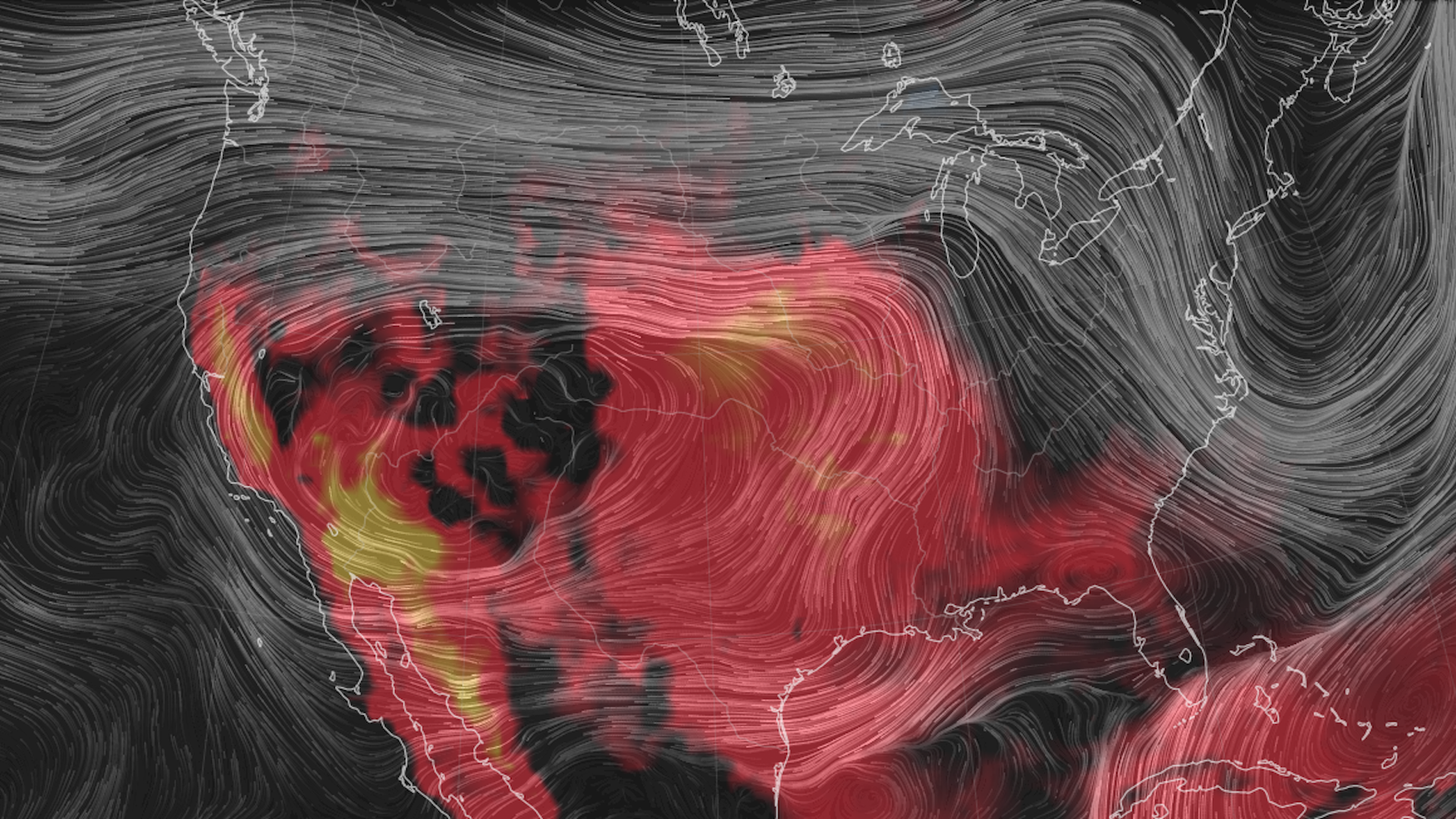Tuesday, June 29, 2021
Remember ... its just the beginning ...
Venus, no, Jupiter, yes ... potentially
Seems Venus is way too dry to sustain life if research by planetary scientists proves out to be true while Jupiter is a different story indeed.
Up in the atmosphere, life might just find a way.
On Monday, the likelihood of a drifting community of microbes in the clouds took another blow.
Why? Because ...
"The most dry-tolerant microbe on Earth wouldn't stand a chance in Venus," Hallsworth said.
Monday, June 28, 2021
Thursday, June 24, 2021
Limits of knowledge rev XX
Seeing from afar
Seeing from afar applies here when aliens are checking us out from their perspective and not ours.
To whit.
Contact applies here does it not?
Great book, terrific movie without question.
Wednesday, June 23, 2021
Tuesday, June 22, 2021
Thinking yellow & L'Étranger
The Sentinel
Monitoring sea level rise goes prime time with the Copernicus Sentinel.
Why it's important.
Thursday, June 17, 2021
Says it all ...
Monday, June 14, 2021
Random Walk XX
A short clip ranging from water to flowers in yet another random walk taken by yours truly. :)
Sunday, June 13, 2021
Altogether now ...
Saturday, June 12, 2021
The Alien ... Earth style :)
Morays are Earth's version of the Alien as seen by the clip above. Awesome without question. :)
Draught 101
- 107°F in Salt Lake City, tying the city’s all-time record for anytime of the year and beating its previous record for hottest temperature in June, which had stood at 106°F.
- Billings, Montana also tied its all-time hottest temperature on record for any month with a high of 108°F on Tuesday.
- Laramie, Wyo. tied its all-time high temperature record of 94°F on Tuesday.
Friday, June 11, 2021
20%
Global warming, the 900lb gorilla, is alive and well but we already know that, right?
The glacier sped up another time in recent history, between the 1990s and 2009, when warm ocean currents ate away at the underside of the ice shelf, destabilizing its structure and causing the glacier to accelerate toward open water, according to a 2010 report in the journal Geophysical Research Letters.
Fabbing
The last step in AI ascendency is the ability for said tech to design chips in just 6 hours versus the 6 month process done by us. Warms the cockles of one's heart does it not?
Perhaps our final invention? "No one knows, do one ..." - Fats Waller
Wednesday, June 09, 2021
Invisibilities
The eyes have it
It has been said that “the eyes are the window to the soul,” but new research suggests that they may be a window to the brain as well.
Factoid ...
As per Col. Nathan Jessup, Are we clear? :)
Tuesday, June 08, 2021
Sunday, June 06, 2021
By a whisker :)
So many animals have whiskers. From cats to rats to seals, said mammals come equipped with a sensory aparatus us rubes don't have and ... researchers finally learned how whiskers actually work.
How cool is that? :)
Friday, June 04, 2021
Since 1820 ...
This exquisite gif showing fluids moving at different speeds is both hypnotic and beguiling at the same time. Seems the very complex but reliable Naiver-Stokes equations are also as described in the Quanta article titled Mathematicians Find Wrinkle in Famed Fluid Equations.
In lock step
In lock step happens if tipping points cascade to generate global changes in a given system, a scenario that may jump start a climate catastrophe for the ages if the Earth System Dynamics research rings true.
Thursday, June 03, 2021
Bach, Bernstien & Gould/Sublime without question
It doesn't get any better than this, an exquisite educational take on music, grace under performance pressure and, above all else, artistic virtuosity and heart felt respect given to Bach's Keyboard Concerto No. 1 (I) in D minor performed at the highest level by two great artists and a wonderful orchestra.
1891 ...
1891, the first color photographs goes prime time, courtesy French physicist Gabriel Lippmann.
A visionary to the max.














































